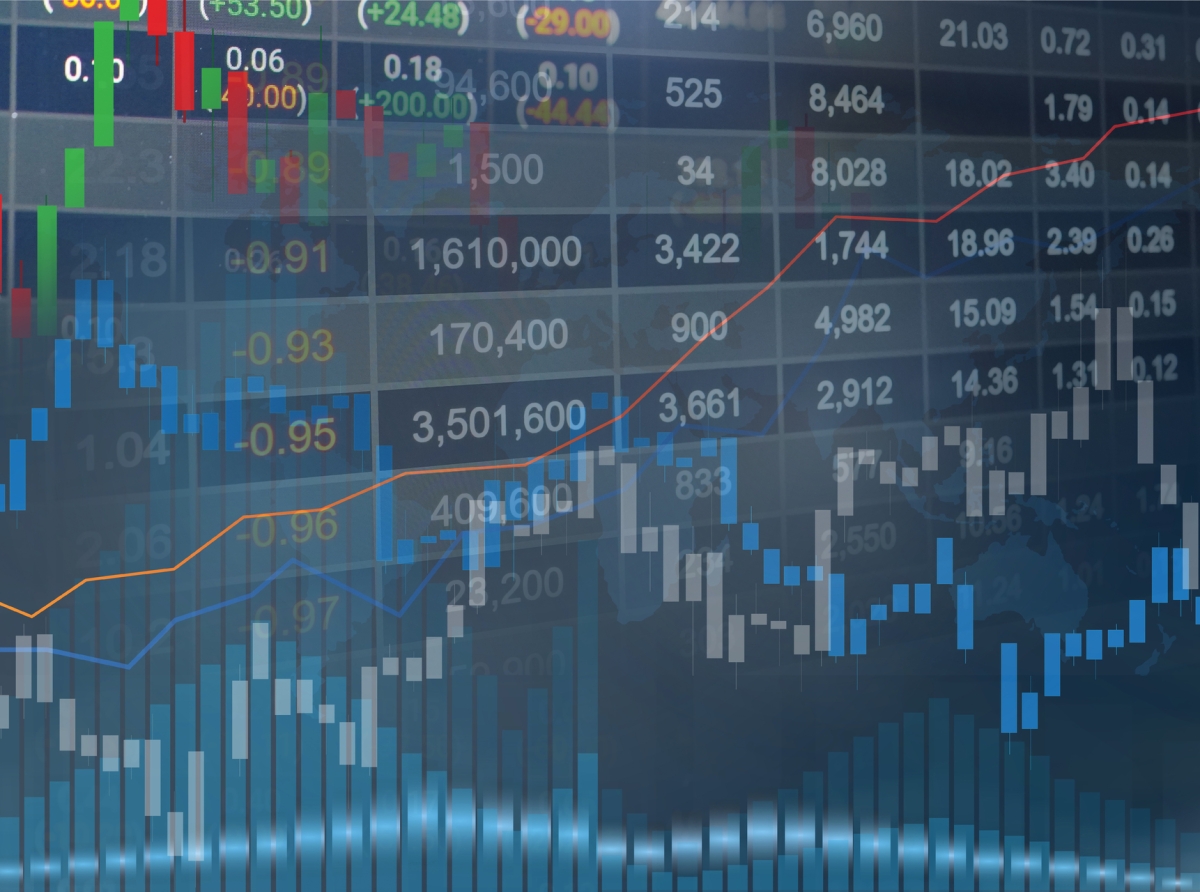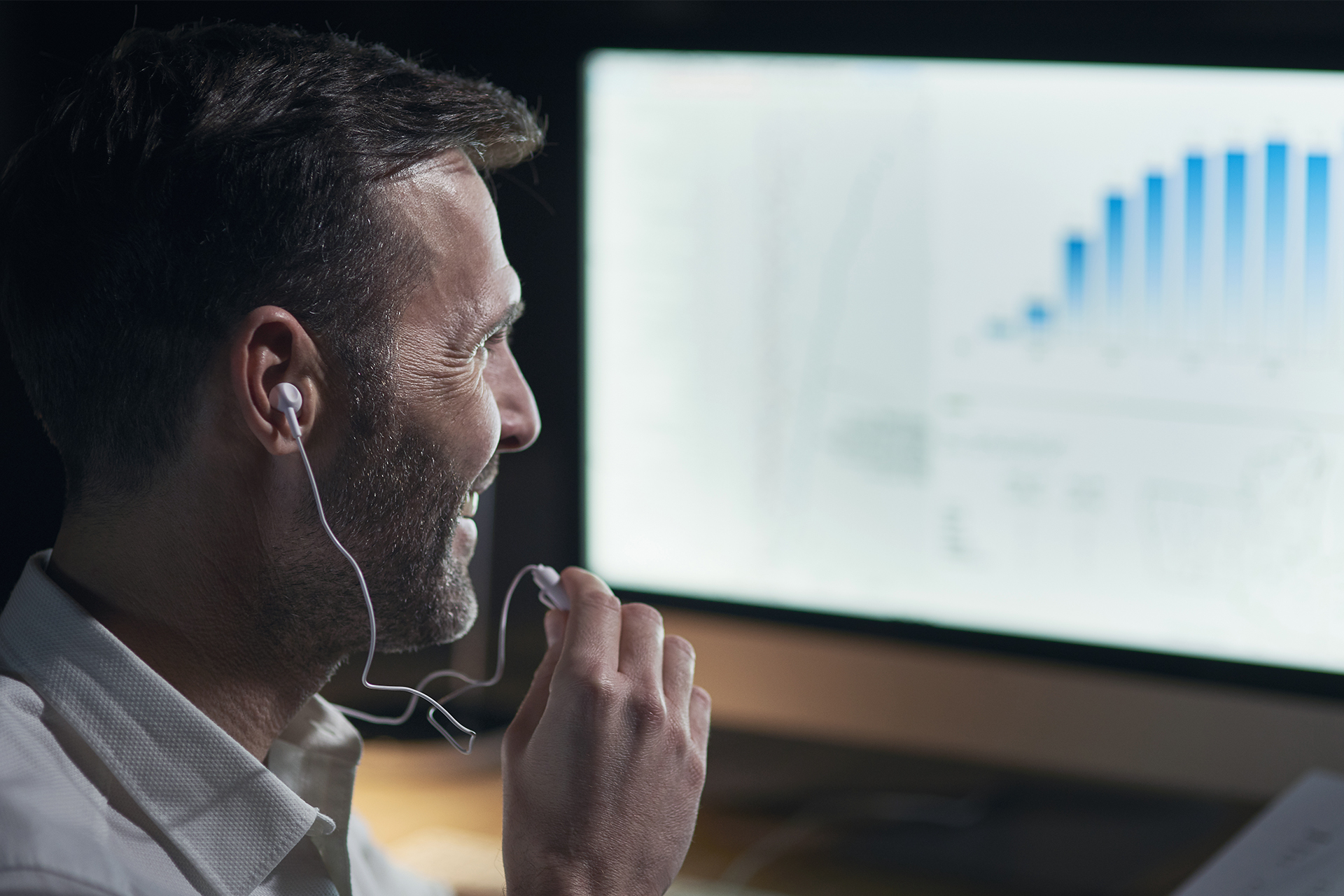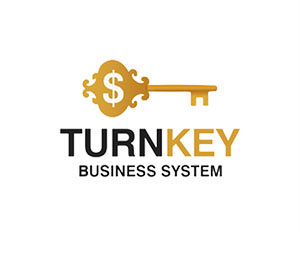Automated Forex Trading: Is It Worth Trusting?

Automated Forex Trading: Is It Worth Trusting?
Automated Forex trading has become a central topic for traders seeking efficiency and freedom from routine. Expert Advisors (EA) promise 24/7 market activity, risk management, and precise execution.
However, trusting a robot blindly can jeopardize your capital, making understanding its advantages, limitations, and proper use essential.
However, trusting a robot blindly can jeopardize your capital, making understanding its advantages, limitations, and proper use essential.
What Is Automated Trading and How It Works
Automated trading uses algorithms to analyze markets and execute trades without manual intervention.Expert Advisors (EA): Built-in scripts in MetaTrader platforms, programmed to follow specific strategies.
Algorithmic trading: Broader category including complex mathematical models and API-driven integration with brokers.
Copy-trading systems: Semi-automated, allowing traders to replicate signals or strategies from professional accounts.
The key benefit is removing emotional influence from trading. Robots operate continuously, yet they cannot react intuitively to sudden geopolitical events, news releases, or unusual market sentiment.

Automated Forex Trading: Is It Worth Trusting?
Advantages and Risks of Auto Trading
Pros:Eliminates fear and greed, the primary emotional drivers of losses.
Works 24/7 without fatigue.
High-speed execution ensures minimal slippage.
Backtesting allows historical strategy evaluation.
Cons:
Limited adaptability to unexpected market changes.
Success depends heavily on algorithm quality.
Many low-quality EAs on the market can destroy a deposit quickly.
Requires reliable VPS hosting to maintain uptime.
Recent surveys indicate that over 65% of traders have tried automated systems, but only 20% use them consistently due to volatility and risk exposure.
Practical Applications
Scalping robots: Exploit short-term volatility but are sensitive to widening spreads.Trend-following systems: Efficient in long-term directional markets, fail in sideways markets.
Martingale-based algorithms: Aggressive strategies that can double profits but risk rapid account depletion during adverse sequences.
Case Example: A trader in the Czech Republic doubled his account in two months using a martingale EA. However, a news release triggered a series of unplanned trades, erasing his gains overnight.
Automated Trading in 2025–2026
AI-driven EAs: New generation algorithms will integrate news analysis and measure “market sentiment” to adapt strategies dynamically.Broker CRM integration: Platforms will combine client activity analytics with robot performance monitoring.
Hybrid trading strategies: Manual oversight combined with algorithmic execution to balance precision and adaptability.
Algorithm marketplaces: Traders can test robots on demo accounts before deploying real funds.
In summary, automated trading is a powerful tool, not a magic button. The trader of the future will leverage robots as assistants while retaining strategic control over risk and execution.
By Miles Harrington
Join us. Our Telegram: @forexturnkey
All to the point, no ads. A channel that doesn't tire you out, but pumps you up.









Report
My comments